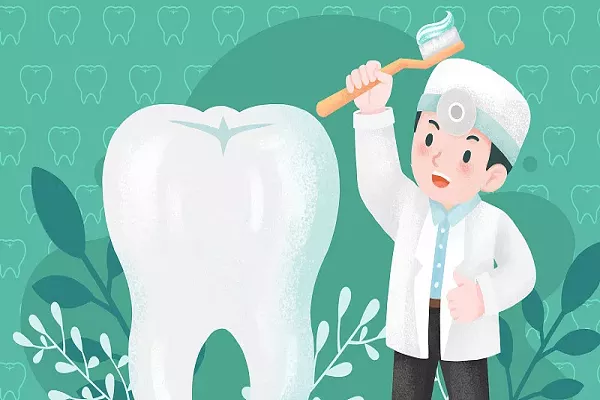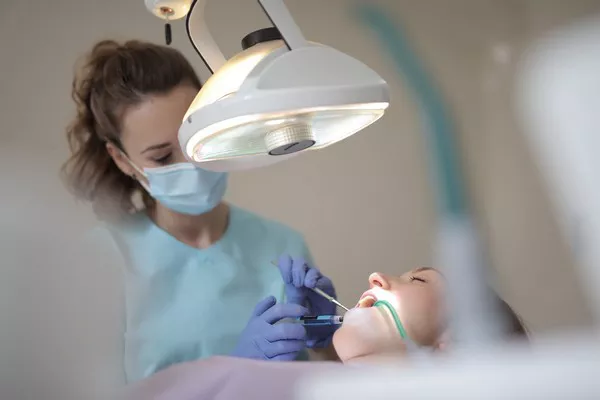In the relentless pursuit of maintaining good oral hygiene, individuals often find themselves facing the discomfort and pain associated with gingivitis, a common gum infection. One of the questions that frequently arises is whether Bactidol can effectively combat gingivitis. This article will delve into the world of Bactidol, exploring its potential benefits in the treatment of gingivitis and other gum infections. We will uncover the science behind Bactidol’s success, provide valuable insights, and present a comprehensive guide on its usage.
Understanding Gingivitis: The Silent Menace
Gingivitis, the precursor to more severe gum diseases, is characterized by red, swollen, and bleeding gums. It can sneak up on you, often without noticeable symptoms. Neglecting it can lead to periodontitis, causing more severe complications such as tooth loss and chronic bad breath. The crucial question here is whether Bactidol can help combat this dental adversary.
Bactidol’s Proven Antiseptic Properties
Bactidol, also known as chlorhexidine gluconate, has long been hailed for its potent antiseptic properties. It is widely used in the medical and dental fields for its effectiveness in fighting various oral infections, including gingivitis. The active ingredient, chlorhexidine, works by killing harmful bacteria in your mouth, reducing inflammation, and preventing the buildup of plaque – all of which are key factors in gingivitis.
Chlorhexidine’s antiseptic abilities make it an ideal candidate for tackling gingivitis. Studies have shown that using mouthwash containing chlorhexidine, like Bactidol, can significantly reduce gingivitis symptoms and improve overall oral health.
How Bactidol Works: A Closer Look
Bactidol works by forming a protective barrier in your mouth that inhibits the growth of harmful bacteria. It disrupts the bacterial cell membranes and prevents their reproduction. This effectively curtails the progression of gingivitis and promotes gum healing.
Chlorhexidine, the main component in Bactidol, doesn’t just provide temporary relief – it offers a sustained defense against the microbial culprits causing gingivitis.
Scientific Studies Backing Bactidol
Scientific research supports the efficacy of Bactidol in treating gingivitis. A clinical trial conducted by the Journal of Periodontology revealed that using a chlorhexidine mouthwash, like Bactidol, resulted in a significant reduction in gum inflammation and bleeding compared to a placebo. This study underlines the positive impact of Bactidol on gingivitis management.
Bactidol for Gingivitis: Proper Usage and Recommendations
Now that we understand Bactidol’s potential to combat gingivitis, let’s explore how to use it effectively for the best results:
Proper Usage of Bactidol
To harness the full power of Bactidol, it’s essential to use it correctly.
Here are some guidelines:
Rinse your mouth with Bactidol for at least 30 seconds, making sure to swish it around your gums and teeth.
Spit out the mouthwash after use. Do not swallow.
Avoid eating or drinking immediately after using Bactidol to allow it to work effectively.
Frequency of Use
For treating gingivitis, dentists typically recommend using Bactidol twice a day. However, it’s crucial to follow your dentist’s advice for your specific case.
Combine with Good Oral Hygiene Practices
While Bactidol can be a powerful ally in your fight against gingivitis, it should complement, not replace, regular oral hygiene practices. Continue to brush your teeth twice a day, floss, and maintain a balanced diet.
Consult Your Dentist
If you suspect you have gingivitis, consult your dentist before starting any treatment. They can provide personalized recommendations and monitor your progress.
Bactidol: The Verdict
In conclusion, Bactidol is a potent weapon against gingivitis and gum infections. Its antiseptic properties, backed by scientific evidence, make it a trusted choice for those seeking to improve their oral health. Proper usage, in conjunction with good oral hygiene practices, can yield positive results.
If you’re grappling with gingivitis or aiming to prevent it, Bactidol can be a valuable addition to your dental care routine. Remember, it’s crucial to consult with your dentist for personalized advice, but Bactidol’s reputation as an effective oral antiseptic makes it a compelling choice for maintaining healthy gums and a beautiful smile.
Related Links:
What causes gum pain and swelling?
What does a gum graft look like while healing?
What is the first sign of gum disease?





























